
WASHINGTON — The partisan split over the implementation of technology in the railroad industry was on display during a House subcommittee hearing today.
Republicans favored unleashing innovation and modernizing outdated Federal Railroad Administration regulations that they say stand in the way of progress.
Democrats on the Transportation and Infrastructure Subcommittee on Railroads, Pipelines, and Hazardous Materials said technological advancements should not come at the expense of workers or safety.
Much of the hearing focused on automatic track inspection and the extent to which railroads should be allowed to reduce the required frequency of traditional visual inspections performed by track workers in areas that are covered by the autonomous systems.

Brigham McCown, founder and chairman of the nonpartisan Alliance for Innovation and Infrastructure think tank, told the panel that there should not be an either/or debate about new technology on the one hand and safety and jobs on the other.
“The challenge before us is not partisan. It’s practical. Modernization done right enhances both safety and competitiveness. We can protect American jobs while making our infrastructure smarter, more efficient, and more resilient. Technology is not the enemy of safety. It is often its greatest ally,” McCown said.
McCown said that regulations should be based on data — not on political priorities — and recommended that Congress take steps to limit “political whiplash” in FRA safety regulations.
During the first Trump administration, Class I railroads sought and gained FRA safety waivers that allowed the testing of automated track inspection systems in conjunction with simultaneous reductions in the frequency of visual track inspections. During the Biden administration, the FRA denied extensions of those waivers, or simply let them expire, if labor unions raised objections.
“To FRA’s credit, a recent proposed rule on ATI acknowledges the need for reform,” McCown said. “But it still leans on outdated assumptions, such as mandatory visual inspections, even where automated systems demonstrated superior performance.”
The subcommittee’s chairman, Rep. Daniel Webster (R-Fla), said many FRA regulations are “a relic of the past” and require how and when railroads must inspect tracks and equipment.
“Although the law allows railroads to apply for waivers to test new processes and technologies that can achieve safety objectives while improving efficiency, this current waiver process is less than transparent and subject to political interference,” Webster said. “This regulatory uncertainty hinders both innovation and the rail industry’s ability to compete against other modes of freight.”

Rep. Dina Titus of Nevada, the subcommittee’s ranking Democrat, said, “We have a duty to ensure that advancements in technology do not come at the expense of the safety of workers, passengers, and the communities that trains pass through.”
“ATI should not … replace visual, in-person track inspections,” Titus said.

Tony Cardwell, president of the Brotherhood of Maintenance of Way Employes, said the union is not anti-technology and supports automated track inspection.
But he says the union believes that Class I railroads want automated systems to replace workers, a fear that’s based on a 30% decline in its membership since 2016 due to a combination of cost-cutting and the introduction of track maintenance equipment that requires fewer workers.
The railroads say the automated inspection equipment finds significantly more defects than visual inspections, which means they can turn track inspectors from finders into fixers of defects. The automated systems may create more work, not less, for track workers, McCown said.
But Cardwell said that his members look for 27 specific track defects — most of which cannot be identified by today’s automated systems. “ATI cannot find 73% of track defects,” he said.
Titus and some of the other Democrats on the panel were critical of an Association of American Railroads proposal that would reduce the required frequency of visual inspections to twice a month, down from twice weekly, in territory covered by autonomous track geometry inspection systems.
They also questioned why the proposal would give railroads up to 72 hours to repair a defect found by an automated inspection system, when track inspectors are required to take action on the spot. When they find a defect, regulations require track inspectors to repair it immediately, issue a slow order, or take a track out of service, Cardwell told the subcommittee.
But Rep. Doug LaMalfa (R-Calif.), pointed out that not all defects are created equal. “If my pickup has a dent in it, that doesn’t keep me from going out in my fields,” he said. “But if I’ve got a bent frame or leaking axle or something, then it does.”
McCown agreed. “Not every defect requires immediate action,” he said, noting that it takes railroad employees to make that determination after an autonomous inspection turns up a minor defect that may or may not develop into a more serious problem.
Cardwell said the FRA should not grant a safety waiver request that permits defects to go unrepaired for up to three days. “I don’t know that anyone wants to be around a railroad track where a defect is on that track for up to 72 hours without being corrected. I know I wouldn’t go anywhere near it,” Cardwell said. “And it’s a danger. It’s an extreme danger. I think the waiver is extreme.”

Rep. Seth Moulton (D-Mass.), sought to find some common ground.
He was critical of bipartisan legislation, drafted after the disastrous February 2023 hazardous materials derailment in East Palestine, Ohio, that would require railroads to install more wayside detectors that can identify hot wheel bearings like the one that caused the East Palestine wreck.
Rather than relying on wayside hotbox detectors to find bearings that are at the point of failure, Moulton said railroads could use onboard sensors and telematics that can prevent bearing-related derailments by catching problems far sooner.
David Shannon, manager of the RailPulse joint venture that is installing telematics on freight cars, said the system can monitor a car’s location, condition, and health in real-time. Wheel bearing sensors, however, are not a part of the standard RailPulse package and remain in the experimental stage.
“If we have modern technology that can bring the accident rate down to zero, then that’s what we should be using, not installing more 1960s technology, which is the hot bearing detectors the railroads have,” Moulton said.
But he was sympathetic to Cardwell’s point about railroads’ focus on cost-cutting.
“The railroads, especially in the last 10 or so years, have a history of taking every cost-saving measure and not putting it into expanding their traffic, to actually getting more trucks off the highways,” Moulton said. “They put it into cutting service, cutting employees, and just improving profits for Wall Street.”
Moulton said that rail workers, the railroads, and ventures like RailPulse should work together to advance technology and safety. “Why can’t we get on the same page here?” he asked.







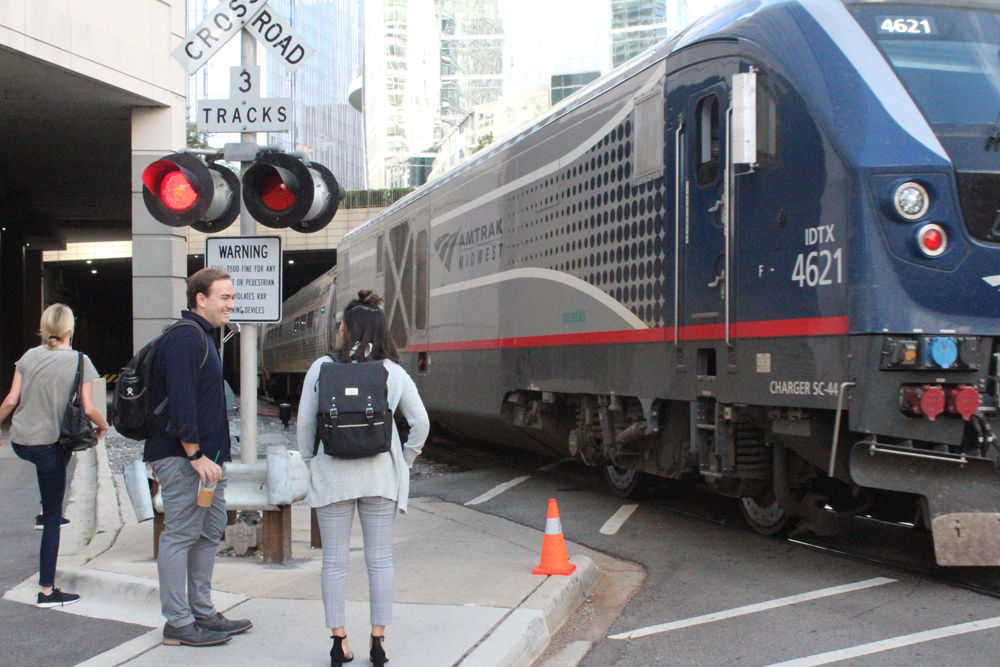

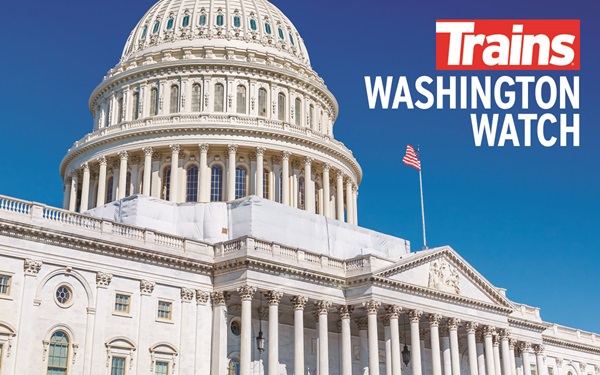
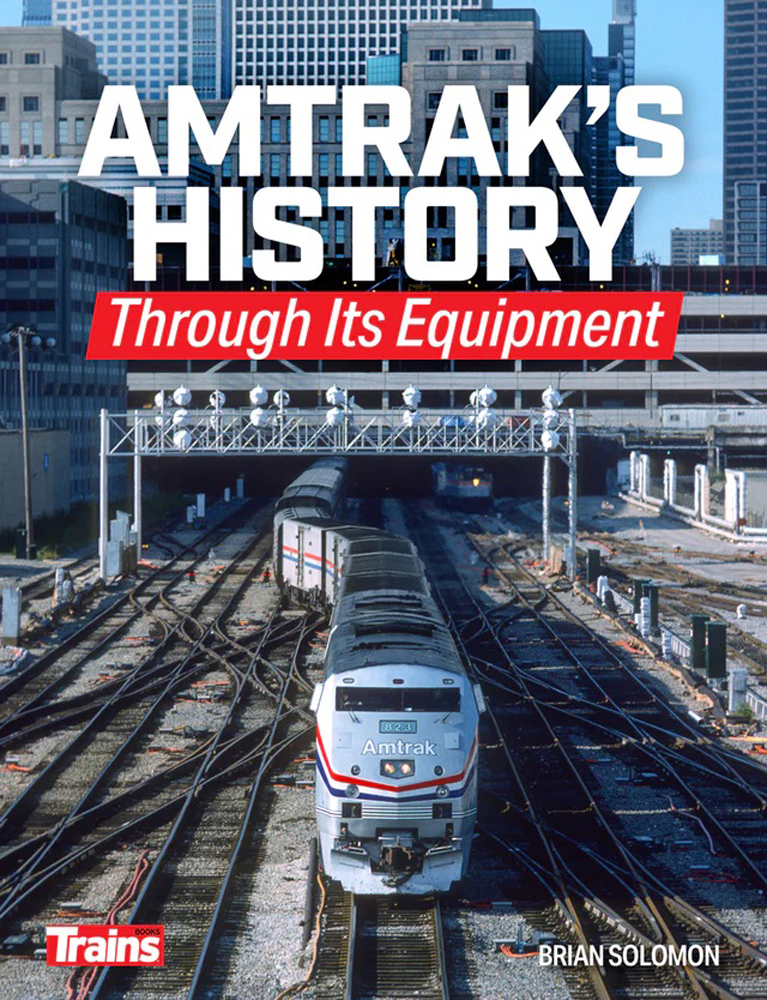

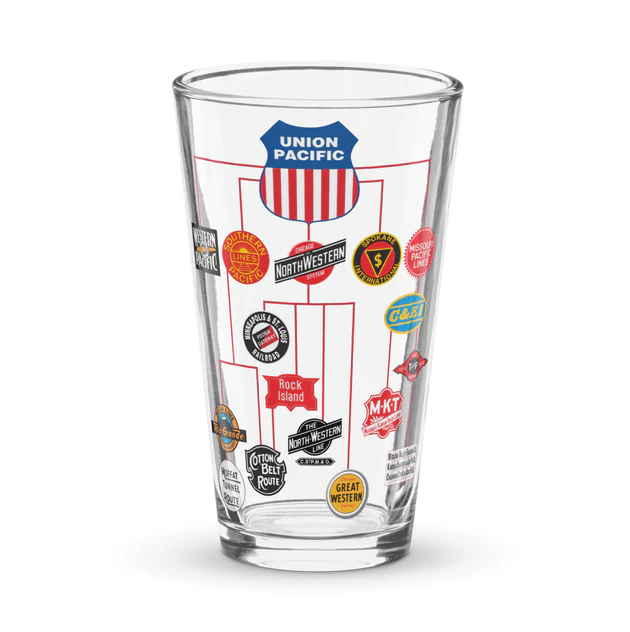
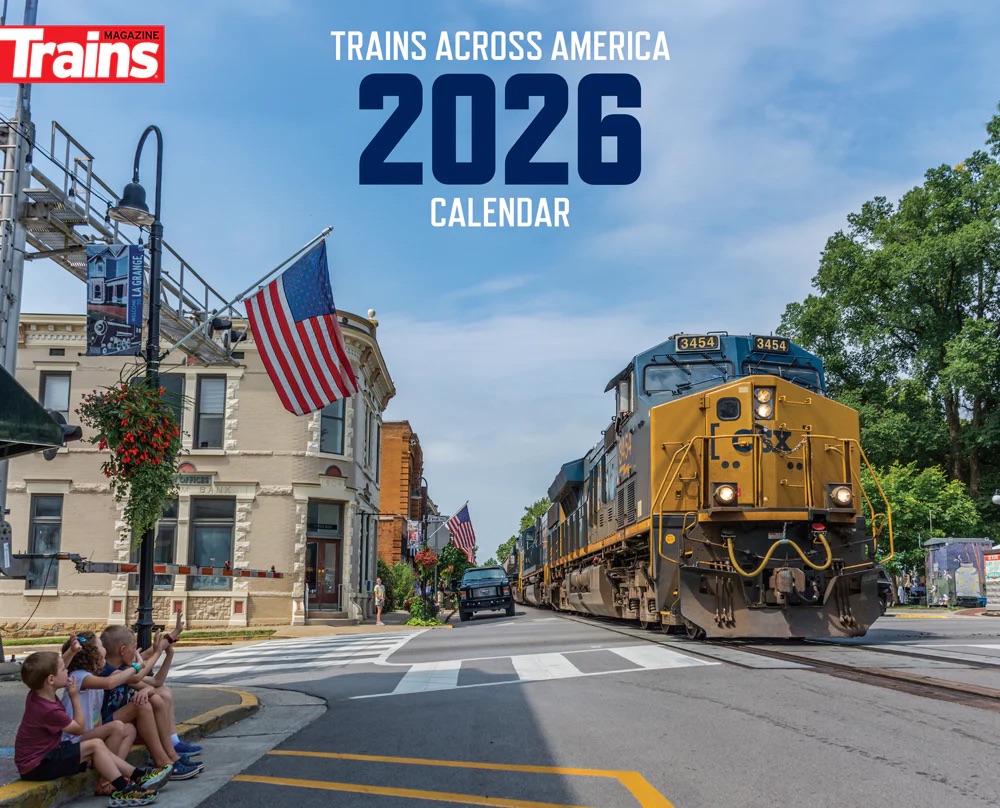
but wayside hotbox detectors can work together with rail car on board sensors and telematics